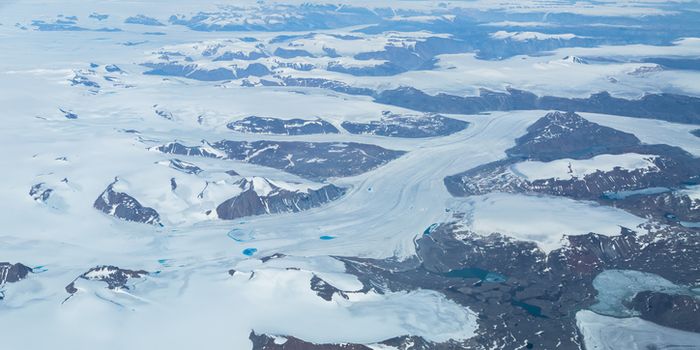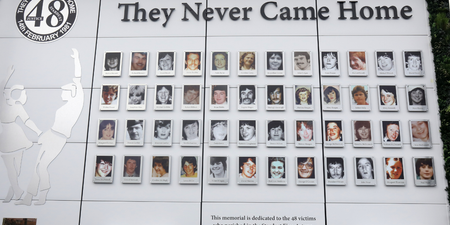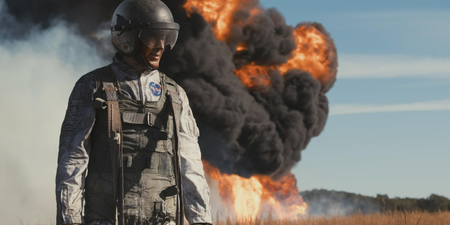Just a little bit nippy out.
A temperature of -69.6°C (-93.3°F) has been recognised by the World Meteorological Organisation (WMO) as the coldest temperature ever recorded in the Northern Hemisphere.
The temperature was recorded at a weather station in Greenland on 22 December 1991 but was only uncovered this week by so-called ‘climate detectives’ with the WMO Archive of Weather and Climate Extremes.
The new record was set at the Klinck weather station in Greenland, located at an elevation of 3,105 metres, close to the topographic summit of the Greenland Ice Sheet.
It is almost two degrees colder than the previous Northern Hemisphere record, a temperature of -67.8°C recorded at the Russian sites of Verkhoyanksk in February 1892) and Oimekon in January 1933.
It still pales in comparison to the world’s coldest temperature of -89.2°C (-128.6°F), recorded at the high-altitude Vostok weather station in Antarctica on 21 July 1983.
The weather station at Verkhoyanksk, where the previous record for the coldest temperature in the Northern Hemisphere was set in February 1892, was in the news earlier this year after recording a temperature of 38°C on 20 June during a prolonged Siberian heatwave.
The WMO is currently verifying whether this is a new record high temperature north of the Arctic Circle as part of an ongoing investigation that will also examine possible past occurrences of high temperatures north of the Arctic Circle.
Commenting on the new record, WMO Secretary-General Professor Petteri Taalas said: “In the era of climate change, much attention focuses on new heat records. This newly recognised cold record is an important reminder about the stark contrasts that exist on this planet.
“It is testimony to the dedication of climate scientists and weather historians that we are now able to investigate many of these older records and secure a better global understanding of not only current, but also historical, climate extremes.”
The automatic weather station in Klinck operated for two years in the early 1990s, long before the World Weather and Climate Extremes archive was established in 2007.
The record came to light after a WMO international panel of polar scientists tracked down the original scientists involved in establishing the weather station.
After extensive analysis of the equipment, observation practices and the synoptic weather situation of December 1991, the panel unanimously recommended acceptance of the observation as valid.
“This investigation highlights the ability of today’s climate scientists to not only identify modern climate records but to play “climate detective” and uncover important past climate records —thereby creating a high-quality long-term record of climate for climate-sensitive regions of the world,” said Professor Randall Cerveny, Rapporteur of Climate and Weather Extremes for WMO.
LISTEN: You Must Be Jokin’ with Aideen McQueen – Faith healers, Coolock craic and Gigging as Gaeilge


















































